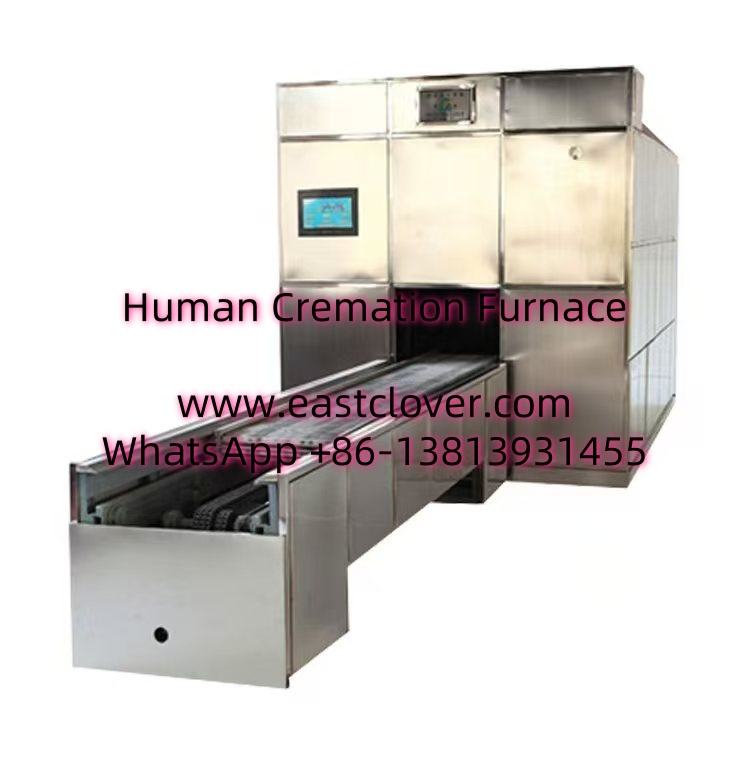Introduction
The cremation industry has undergone significant technological advancements in recent years, driven by the need for greater efficiency, environmental responsibility, and adherence to stringent regulatory standards. One of the most transformative innovations is the integration of Internet of Things (IoT) technology and remote monitoring systems into cremation furnaces. These systems enable real-time data collection, analysis, and control, revolutionizing how cremation facilities operate. This news explores the role of IoT in modern cremation processes, focusing on how remote monitoring enhances operational efficiency and ensures regulatory compliance.
Components of a Cremation Furnace Remote Monitoring System
A remote monitoring system for cremation furnaces relies on interconnected hardware and software components:
- Sensors: Temperature, pressure, and gas emission sensors track furnace conditions in real time.
- Data Transmission: IoT gateways use Wi-Fi, cellular networks, or LPWAN to send data to cloud platforms.
- Cloud Platform: Stores and processes data, enabling analytics and generating actionable insights.
- User Interface: Dashboards accessible via web or mobile apps allow operators to monitor and adjust furnace parameters remotely.
Enhancing Efficiency Through IoT Integration
IoT-driven remote monitoring optimizes cremation operations in several ways:
- Real-Time Adjustments: Operators can fine-tune fuel flow or combustion rates based on live data, reducing energy waste.
- Predictive Maintenance: Machine learning algorithms analyze sensor data to predict equipment failures before they occur, minimizing downtime.
- Workflow Automation: Automated scheduling and load management improve throughput and reduce manual errors.
Ensuring Regulatory Compliance
Compliance with environmental and safety regulations is critical for cremation facilities. IoT systems address this by:
- Emission Monitoring: Continuous tracking of particulate matter, CO2, and mercury levels ensures adherence to air quality standards.
- Automated Reporting: Systems generate compliance reports in formats required by agencies like the EPA, reducing administrative burdens.
- Audit Trails: Digital logs of furnace operations provide transparency for regulatory inspections.
Benefits Beyond Compliance and Efficiency
Additional advantages of IoT integration include:
- Reduced operational costs through energy savings and preventive maintenance.
- Improved transparency for families via access to process verification data.
- Scalability for multi-facility management through centralized monitoring.
www.southclover.com
The integration of IoT and remote monitoring systems in cremation furnaces represents a paradigm shift for the deathcare industry. By enabling real-time oversight, predictive analytics, and automated compliance, these technologies not only enhance operational efficiency but also foster trust through environmental stewardship. As regulations tighten and public expectations evolve, adopting IoT solutions will become indispensable for modern cremation facilities aiming to balance productivity with ethical and legal responsibilities.
Frequently Asked Questions
How does a cremation furnace remote monitoring system work?
Sensors collect operational data, which is transmitted via IoT networks to a cloud platform. Operators access this data through dashboards to monitor and control furnace parameters remotely.
What types of sensors are used in these systems?
Common sensors include thermocouples for temperature, pressure transducers, gas analyzers for emissions, and load cells for weight monitoring.
How does IoT help with regulatory compliance?
Continuous emission monitoring and automated report generation ensure facilities meet environmental standards. Digital audit trails provide verifiable records for inspections.
Is the system secure against cyber threats?
Reputable systems use encryption, secure authentication protocols, and regular security updates to protect data integrity and privacy.
Can existing furnaces be retrofitted with IoT capabilities?
Yes, many systems are designed for modular integration with both new and older furnace models through adapter kits and API connections.

Comments are closed